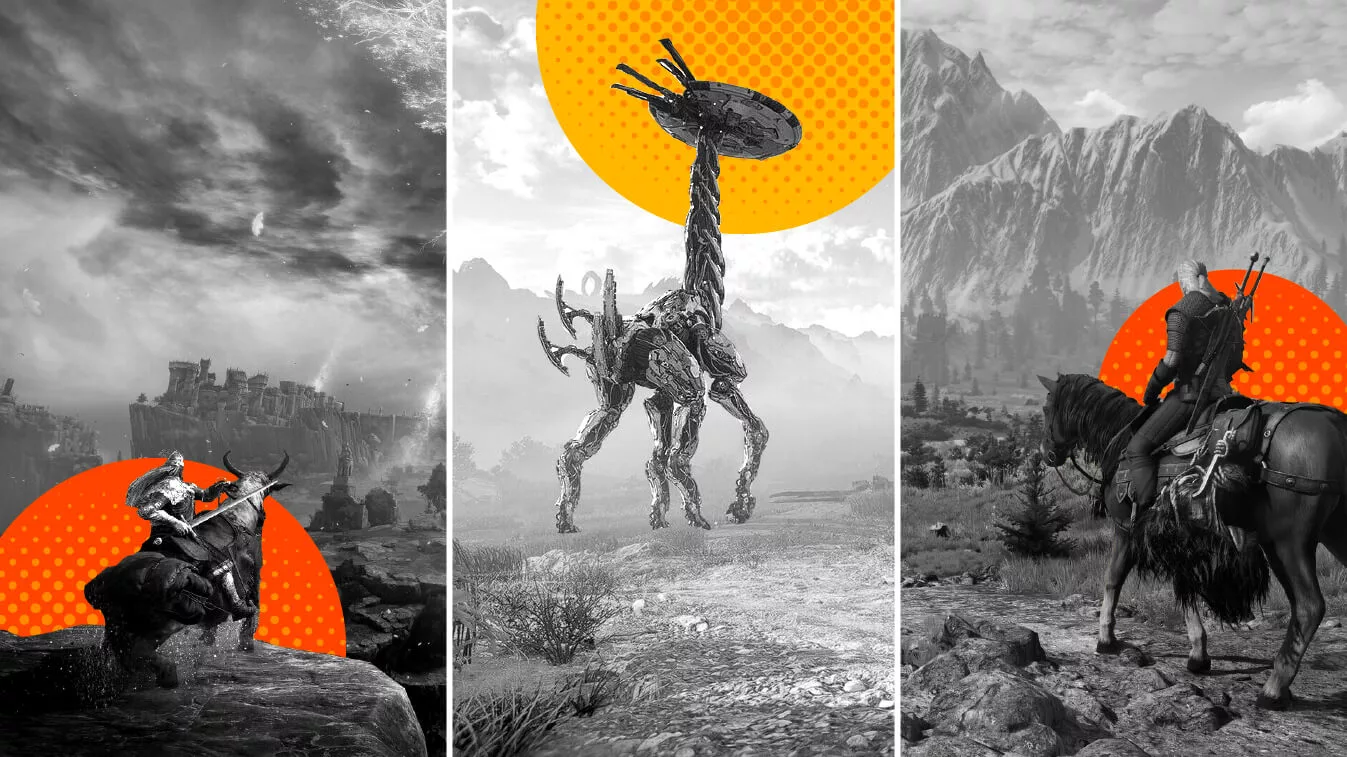
Every game needs a system to be played from. These are called gaming platforms, and they’re a huge part of gaming’s long legacy. Debate over the best gaming platforms is a simple way of life for gamers, and while there’s no one easy answer, we’ll always go to bat for the system we love most.
Taking a look at the current generation of systems and a couple with a more established history, we want to explore seven of the best gaming platforms available. From hardcore players to casual fans, there’s something in these options that will appeal to everyone.
What Are the Major Gaming Platforms?
For traditional gamers, the top platforms are Sony PlayStation, Xbox Series, and Nintendo Switch, with 73% of teens using these consoles. On computers, PC is the main choice, though Linux and Mac are improving.
Sony PlayStation 5
The latest and greatest from folks at Sony, the PlayStation 5 currently takes the lead in the two big traditional console gaming platforms race. With more than 41.7 million units sold at the time of this article, the PS5 is poised to become one of Sony’s best-selling gaming platforms and one of the most played consoles in the world.
With properties like Spider-Man, God of War, and The Last of Us, the PS5 started this race with some of the best-looking titles, and we can’t wait to see what’s around the corner. From MMORPGs to racing games, FPS titles, and everything in between, Sony’s system has come a long way.
Nintendo Switch
Selling almost 130 million units so far, Nintendo’s Switch was a major gamble that more than paid off. The Switch is less powerful than the other two consoles, so it can’t feature the most realistic graphics, but this in no way holds it back. What makes the Switch special is how it consolidated Nintendo’s console and handheld game platforms into one home base.
With some of the longest-lasting and biggest gaming series in the world, like Mario, Zelda, and Pokémon, the Switch’s success among gaming platforms is already legendary.
Xbox Series
Featuring the powerful Xbox Series X and more affordable Series S, the two-pronged approach by Microsoft with its new Xbox shakes up the world of gaming platforms. With around 21 million units sold, the Xbox Series lags a little behind its contemporary competition, but this is likely to change.
Microsoft recently acquired some major publishers and developers with Bethesda and Activision Blizzard, meaning gaming platform exclusives could soon favor the Xbox. From MMO games like Blizzard’s WoW to Call of Duty, Fallout, and The Elder Scrolls, the future of the Xbox Series is bright.

PC
No video game platform enjoys the legacy of the PC, having evolved since the first personal computer release of the Kenbak-1 in 1971. While the shared use of the PC makes it impossible to calculate its sales numbers among gaming platforms, we confidently say it offers the largest library of titles.
From modern 1v1 mode fighting games to classic DOS titles from the 1980s, the PC has tens of thousands of games available from the user’s fingertips. It can even emulate many consoles too, boosting its library and potential even further.
As a bonus, we also need to mention a newer form of gaming platform as demonstrated by Plarium Play. Rather than coming as a physical console or device, these are the systems that host games through their own websites and services.
In many ways, this kind of collective community acts as a software and property-specific version of gaming platforms, in this case including titles like our own Raid: Shadow Legends.
Android and iOS Smartphones
The once most underrated video game platform that went on to dominate. Like with the PC, it’s impossible to calculate the direct gaming sales of smartphones, but we do know this arm of the market is already the most popular and profitable.
From simple HTML5 games to ports of console and PC games, smartphones have quickly proved themselves capable video game platforms for players of all ages. With growing power and potential, there’s no telling the heights to which these systems could soar.
Steam Deck
With around 3-4 million units sold, the Steam Deck is far behind even the Xbox Series, but it also represents unprecedented new potential in gaming platforms. This system has effectively popularized PC gaming on handheld systems, with all the benefits that implies.
You’ll probably need to dig through a gaming glossary to figure out the sheer number of options on Steam Deck, and how to get them to work, but nobody said opening the floodgates was easy.
Sony PlayStation 2
For the last of the dedicated systems, we have to mention the PS2, the best-selling game console of all time. With more than 155 million units in player hands, the PS2 was a revelation. Illustrating what many consider the largest generational leap in graphics and performance, the PS2 is still the best of all gaming platforms in the eyes of many. We just wish the PS5 had better backward compatibility support, so we could boot up our original copies of Burnout 3 and Jak 2.
What Is the Most Popular Gaming Platform?
By raw numbers, the most popular gaming platform is the smartphone. This is thanks to the ubiquity of the smartphone as a communications and internet device, where other gaming platforms are often dedicated and expensive purpose-built machines.










